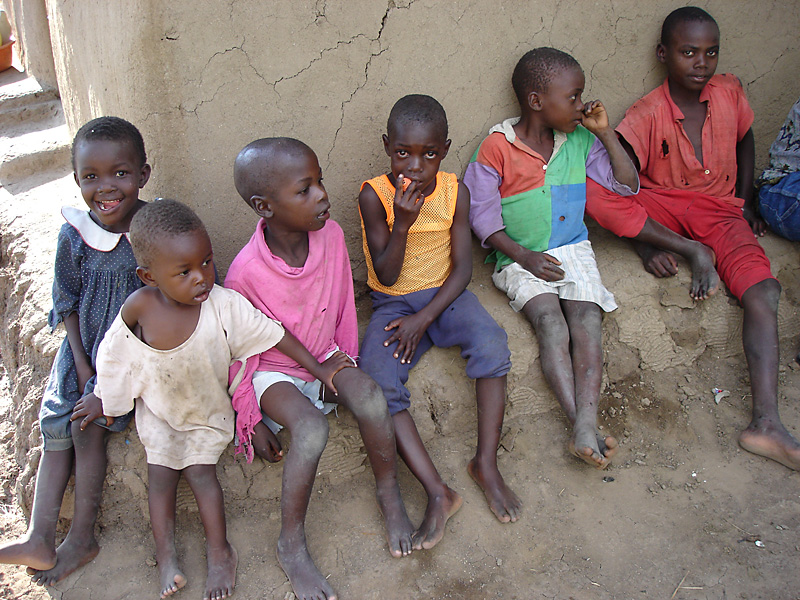
In children with latent tuberculosis, 3 months of combined therapy with isoniazid and rifapentine is safe and as effective as 9 months of isoniazid alone.
In children with latent tuberculosis (TB), 3 months of combined therapy with isoniazid and rifapentine is safe and as effective as 9 months of isoniazid alone, according to a study published online January 12 in JAMA Pediatrics.
"A 3-month (12-dose) regimen given by direct observation is a new alternative regimen to isoniazid for treatment of [latent TB infection] in children and adolescents," write M. Elsa Villarino, MD, MPH, from the Centers for Disease Control and Prevention (CDC), Atlanta, Georgia, and colleagues.
They add, "Treating children with LTBI with a well-tolerated and safe regimen that is more likely to be completed than previous treatment regimens provides an improved opportunity to diminish the reservoir from which future TB cases and subsequent transmission will arise."
The study grew out of the prior PREVENT TB (Three Months of Rifapentine and Isoniazid for Latent Tuberculosis Infection) trial, which showed that 3 months of rifapentine and isoniazid given under observation resulted in higher completion rates and was just as effective as 9 months of self-administered isoniazid. On the basis of this and other studies, the CDC recommended a shorter course of combination therapy in patients aged 12 years and older. At that time, the PREVENT TB trial could not evaluate safety and effectiveness of the combined regimen in a pediatric population. In 2005, information about pharmacokinetics of rifapentine became available in children younger than 12 years, and the PREVENT TB trial began to enroll younger children.
The open-label, randomized clinical trial took place at 29 sites in the United States, Canada, Brazil, Hong Kong, and Spain from June 2001 to December 2010. Follow-up occurred through September 2013. Participants with latent TB who were aged 2 through 17 years received 12 once-weekly doses of combination therapy (isoniazid plus rifapentine) or 9 months of daily doses of isoniazid. Those in the combined therapy group received medication under the supervision of a healthcare provider. Supervision was not required in the isoniazid monotherapy group.
Researchers enrolled 1058 children, of whom 905 were eligible for analysis (471 in the combined therapy group and 434 in the isoniazid monotherapy group). No children in the combined therapy group developed TB, whereas three in the isoniazid monotherapy group did. The difference between the two groups met predefined noninferiority criteria for the combined therapy group compared with isoniazid alone. The isoniazid-only group was slightly older and had fewer males than the combination group, but this did not seem to affect results.
Analyses likewise suggested equivalence between the two groups regarding rate of discontinuation resulting from adverse events. This rate was 1.7% in the combined therapy group and 0.5% in the isoniazid group (P = .11). In the combined therapy group, 88.1% of children completed treatment vs 80.9% in the isoniazid-only group (P = .003).
The safety population included all children who took at least one dose of the study drug (n = 1032). In this population, three (0.6%) of 539 participants in the combined therapy group had grade 3 adverse events compared with one (0.2%) of 493 in the isoniazid group. Neither group experienced hepatoxicity or grade 4 adverse events.
In a linked editorial, Ben J. Marais, PhD, from the Children's Hospital at Westmead, Sydney, Australia, pointed out that the study's generalizability may be limited because children younger than 2 years could not be enrolled, and only five HIV-positive children were included. Both groups are important high-risk groups.
Dr Marais further noted that rifapentine is not widely available beyond the United States and that child-friendly formulations do not yet exist. In the study, rifapentine tablets had to be crushed and given with food.
"Confirmation that isoniazid and rifapentine combination therapy is safe and of equivalent efficacy to isoniazid monotherapy in children aged 2 to 17 years is an important and long-awaited finding," Dr Marais emphasized.
"Widespread use of isoniazid and rifapentine combination therapy in tuberculosis-endemic areas will require assistance of the World Health Organization and partners such as the TB Alliance to facilitate the supply and distribution of quality-assured drugs at an affordable price," he concludes. "Ideally this should include the availability of child-friendly formulations, together with safety and pharmacokinetics data in children younger than 2 years, since young and vulnerable children in tuberculosis-endemic parts of the world stand to benefit most from this important advance."
Sanofi provided rifapentine for this study and has donated more than $2.5 million to the CDC Foundation for rifapentine research. One coauthor reports grant funding from Sanofi for rifapentine research. One coauthor reports consulting for Sanofi for presentation to the US Food and Drug Administration about the PREVENT TB trial and being on the data safety monitoring board for a trial sponsored by Otsuka Pharmaceuticals. The other authors and Dr Marais have disclosed no relevant financial relationships.
JAMA Pediatrics. Published online January 12, 2015. Abstract
Source: Medscape